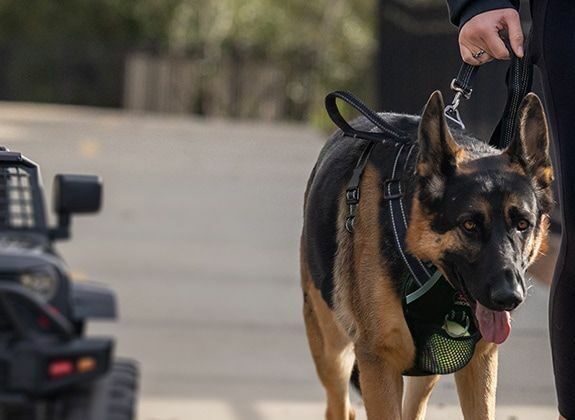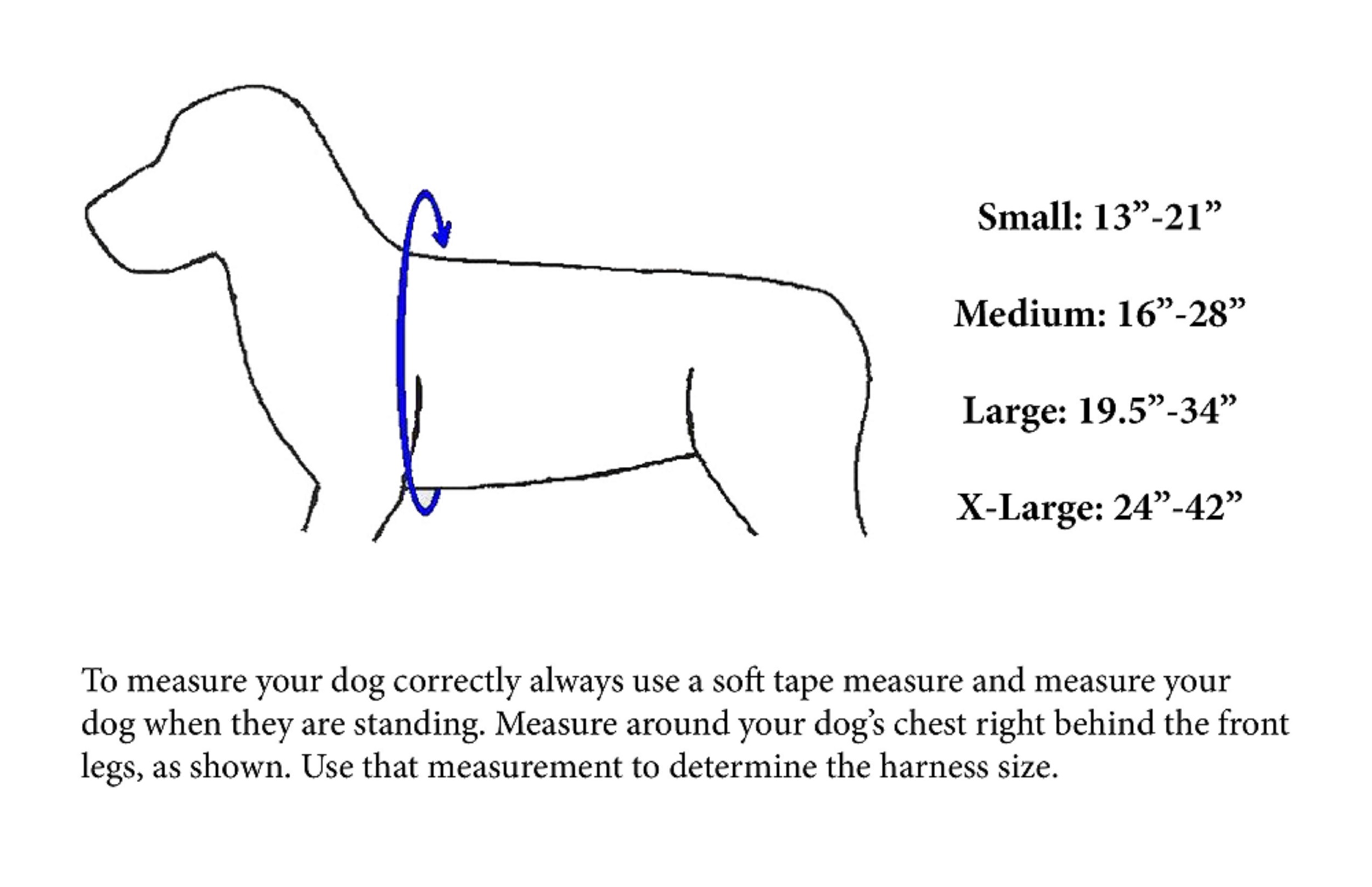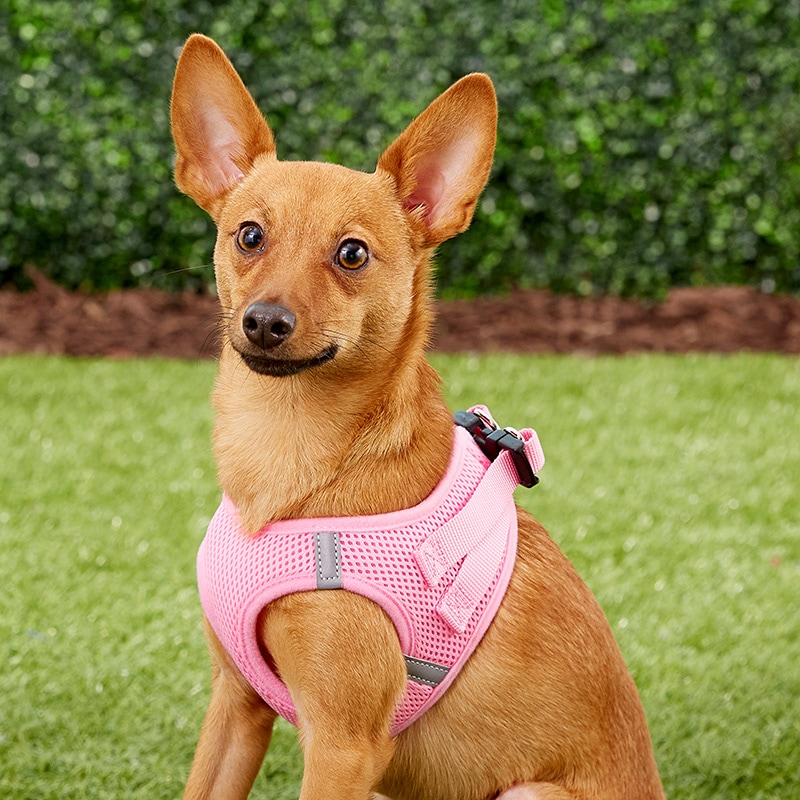Are you looking to purchase a dog harness for your furry companion but feeling overwhelmed by the numerous options available? Look no further! In this guide, we will provide you with all the information you need to select the perfect harness for your dog. From understanding the different types of harnesses to knowing what features to look for, we've got you covered. So let's dive in and help you make an informed decision for your dog's comfort and safety.
1. Understanding the Different Types of Dog Harnesses
When it comes to choosing a dog harness, it's essential to understand that not all harnesses are created equal. There are several types of harnesses available in the market, each designed for a specific purpose. Let's take a closer look at the most common types of dog harnesses:
a) Back-Clip Harness
A back-clip harness is one of the most popular and commonly used harnesses. As the name suggests, the leash attachment is located on the back of the harness. This type of harness is suitable for dogs who are well-behaved and don't pull too much on their leash. It's also ideal for small breeds as it offers minimal control and doesn't put pressure on the neck or chest area.
b) Front-Clip Harness
Unlike a back-clip harness, a front-clip harness has the leash attachment located on the front of the dog's chest. This type of harness is perfect for dogs who tend to pull on their leash. The front attachment helps redirect the dog's attention to the side, making it easier to control their movements. It's also an excellent option for training and behavioral correction.
c) No-Pull Harness
A no-pull harness is specifically designed for dogs who have a tendency to pull hard on their leash. It typically has two leash attachments - one on the front and one on the back. The front attachment is used to redirect the dog's attention, while the back attachment is used for regular walking. This type of harness is recommended for dogs who need extra training and behavioral correction.
2. Factors to Consider When Choosing a Dog Harness

Now that you understand the different types of harnesses let's look at some essential factors to consider when making a decision:
a) Comfort and Fit
One of the most important things to consider when choosing a dog harness is ensuring it's comfortable and properly fitted for your dog. A well-fitted harness should allow your dog to move freely without rubbing against their skin or causing any discomfort. It should also not be too loose to the point where your dog can slip out of it.
To ensure a proper fit, measure your dog's girth (the widest part of their chest) and add two inches to get the correct size. Most harnesses come with adjustable straps, so make sure to adjust them accordingly for a perfect fit.
b) Materials
The material of the harness is another crucial factor to consider. You want to choose a durable and high-quality material that will withstand wear and tear. Nylon and mesh are popular choices as they are lightweight, breathable, and quick-drying. Leather is also a great option, but it may take longer to dry and require more maintenance.
Avoid harnesses with rough edges or seams that can irritate your dog's skin. It's also advisable to opt for a machine-washable harness for easy cleaning.
c) Reflective Elements
If you like taking your dog for walks in low-light conditions, then a harness with reflective elements is a must-have. These elements reflect light, making your dog easily visible to motorists and other pedestrians, ensuring their safety.
3. Features to Look for in a Dog Harness

Apart from the type and materials, there are a few features to look out for when selecting a dog harness. Here are some of the most important ones:
a) Adjustable Straps
As mentioned earlier, adjustable straps are essential for a proper fit. Look for harnesses with multiple points of adjustment for a more customizable fit. This is especially important if your dog is still growing.
b) Padded Straps and Chest Plate
For maximum comfort, it's best to choose a harness with padded straps and chest plate. This will prevent any rubbing or chafing on your dog's skin, especially during long walks.
c) Easy On/Off Design
A harness with an easy on/off design can save you time and hassle, especially if your dog doesn't like getting dressed up. Look for harnesses with quick-release buckles or step-in designs for easy use.
4. Pros and Cons of Using a Dog Harness

Now that you have a better understanding of the different types and features of dog harnesses, let's weigh the pros and cons of using one:
Pros:
- Provides better control and guidance compared to a collar
- Reduces strain on the neck and back, especially for dogs prone to respiratory issues
- Can be used for training and behavioral correction
- Comes in various styles and designs for different purposes
- Suitable for dogs who do not do well with collars
Cons:
- May not be suitable for all dogs, depending on their size and behavior
- Some dogs may not feel comfortable wearing a harness and may resist wearing it
- Not as effective for leash-pulling as a head halter or muzzle
- Can be more expensive than a regular collar
FAQs

Q: How do I know if my dog needs a harness?
A: If your dog tends to pull hard on their leash, has respiratory issues, or does not do well with a collar, then a harness may be a better option.
Q: Which type of harness is best for a small breed dog?
A: A back-clip harness is generally recommended for small breeds as it provides minimal control and does not put pressure on their neck or chest.
Q: Can I leave a harness on my dog all day?
A: No, it's not recommended to leave a harness on your dog for extended periods. It's best to take it off when they are indoors to allow their skin to breathe.
Q: How often should I clean my dog's harness?
A: It's best to follow the manufacturer's instructions for cleaning the harness. However, it's advisable to clean it at least once a month, depending on how often it's used.
Q: Can I use a harness for training?
A: Yes, harnesses can be used for training and behavioral correction. However, it's best to seek professional advice if you are unsure about which type of harness is best for your dog.
Conclusion

Choosing the right dog harness for your furry friend may seem like a daunting task, but with the information provided in this guide, we hope it will be a lot easier. Remember to consider your dog's size, behavior, and specific needs when making a decision. A well-fitted and comfortable harness will not only keep your dog safe and secure, but it will also make walks more enjoyable for both of you. Happy shopping!



